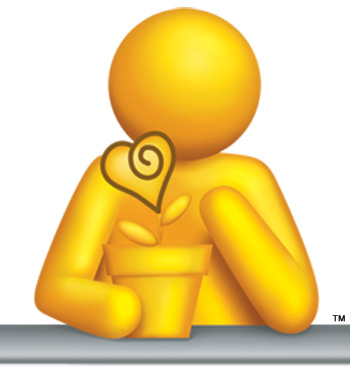
Wellness is a word that’s used a lot these days, maybe even overused. Traditionally, health and wellness were thought to be the absence of disease and disability. This is known as the medical model. We believe there to be a major problem with that definition as it promotes the idea you can’t be well while living with a disability, illness or are simply aging.
More recent thinking on this topic has led to newer models of health and wellness. The wellness model people respect these days has progressed to mean the quality of life and the functioning of each individual regardless of current health, disability or age. Wellness is unique to each of us and we all define our own wellness.
Wellness in this view is also seen as a holistic concept. It’s looking at the whole person and not just your blood pressure level, how much you weigh, your age, or your disability.
Most importantly, wellness is a choice to assume responsibility for the quality of your life. It begins with a conscious decision to develop a healthy lifestyle. It’s a mindset, a predisposition to embrace a series of key principles in different areas of life that help lead to high levels of wellbeing and satisfaction.
That said, we’ll leave it to Charles B. Corbin, of Arizona State University, who gives this definition: “Wellness is a multidimensional state of being, describing the existence of positive health in an individual as exemplified by quality of life and a sense of wellbeing.”
Our mission is to preserve our clients’ dignity with respect and care options, allowing them to achieve the highest quality of life in the comfort of their home, which includes:
- Being able to function and to have the chance to do what is desired
- Being independent and to have self-determination regarding choices, opportunities and activities
- Having physical and emotional states of wellbeing
- Not holding back on anything because of pain

